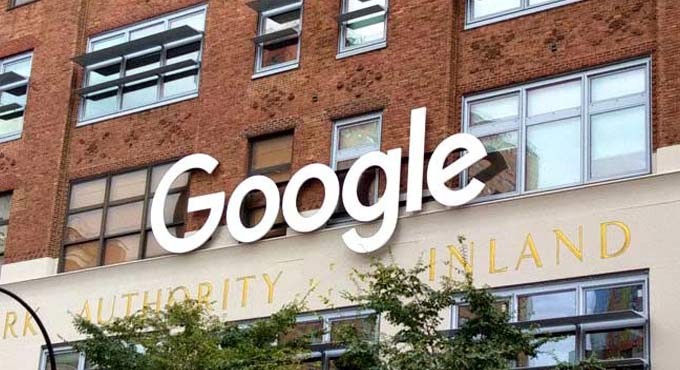Today, from the Google internal Area 120 incubator, a new project called Keen is launched to help users track their interests. The app looks like a modern refocus on Google Alerts that enables users to track content on the web. Except that Keen uses the mixture of magnetic learning and human communication to assist users in curating content on the topic, rather than sending e-mails on new Google search results.
An area of interest is called a “keen,” a term that sometimes refers to an intellectually speedy individual.
Upon co-founder C.J., the concept proposal came around. Adams found that he spent so much time scrolling stream and pictures on his computer to fill his downtime. His time could be better spent learning about a subject he was interested in — maybe something he would always want to study or learn.
He and four Google collaborated with the team of People and AI Research (PAIR), which focuses on human-centred machine learning, to explore this idea, and to create what is now Keen.
In order to use Keen which is available online as well as on Android, log in with your Google account and enter the item to be researched. In an announcement, Adams indicated it could be like learning to bake, bird watching, or typography.
Keen will suggest certain areas of interest to you. Keen and other members’ communities are willing to recommend styles of ‘dog training courses,’ ‘dog training books,’ ‘dog training tricks,’ ‘dog training videos,’ etc. Click on your ideas and it will build your value.
You will find a pinboard of the images that match your interests when you return to the keen. In the case of Dog Teacher, Keen find papers and videos on YouTube, blog articles with organized tool lists, Amazon connection to dog training, etc.
The company utilizes Google search and deep learning for increasing set to help find further information related to the individual interest. The more involved you are in mobilization and coordinating the stronger such suggestions are.
It’s just like a Pinterest programmed edition
If a “keen” is created, you will add things you don’t want to the list and share the key with everyone and they can attach material too. When you build the “keen” The set that produces may be public or private. If new content is available, you can also email alerts.
Google employs similar methods to some degree now to drive Google’s news feed. In this scenario, the stream utilizes a mixture of Google Search background items and themes which you specifically follow to locate details and news and can be directly supplied to you on the home screen of the Google device. Keen doesn’t, therefore, dig into the context of the quest.
It just selects material dependent on your preferences. In contrast to the news, and keen is not necessarily only focused on news items. Every type of helpful and insightful knowledge on the topic may be retrieved. This may include websites, events, videos and even products of relevance.
But the data it gathers is exchanged with Google as a Google Initiative — and one you need to authenticate through your Google username. Keen is subject to the privacy policy of the Company, like anything else on Google.
While Keen is a small initiative inside a large organization today, it represents a further move to further personalizing the Internet.
Tech firms have long recognized that linking consumers to more of its material enhances their interest, duration of the session, engagement and favourable opinion of the service in question.
Nevertheless, personalization, without authentication, restricts the access of consumers to fresh knowledge or conflicts. It encloses the worldview of a human. This creates filter blisters and echo spaces. Algorithmic suggestions will also enable users to further enter risky rabbit holes in their quest for extremist material, including radicalisation over time. Although radicalised citizens are criminals in serious situations.
When machine-learning was combined with contextual specialists, Keen will be well off. But it doesn’t introduce a dimension of human knowledge to the technology you allow to work together, to colleagues and family if you like. This leaves the system wanting to improve human publishing and perhaps the need to focus less.

